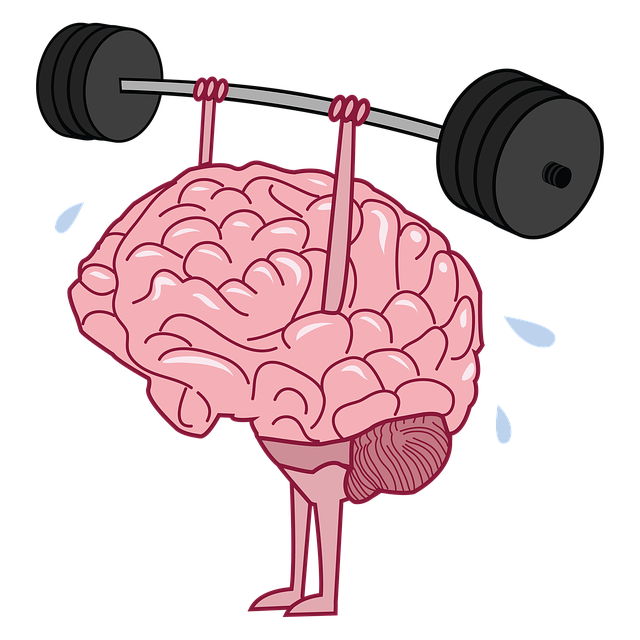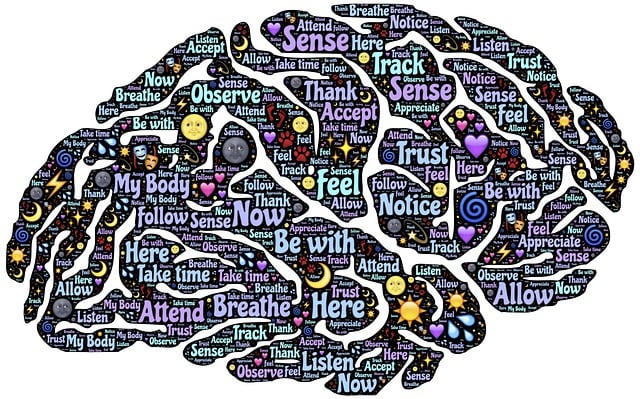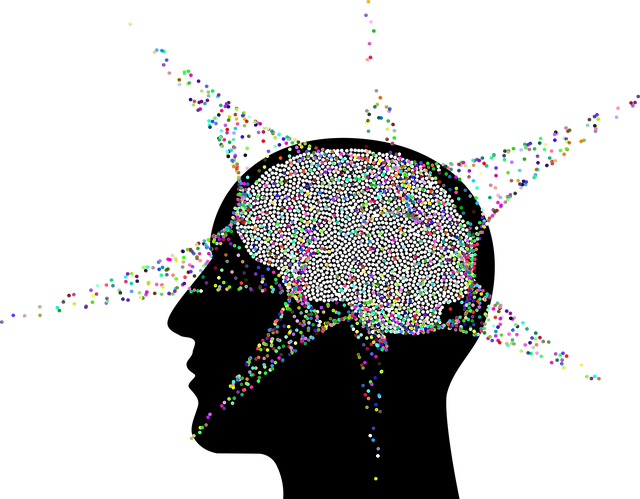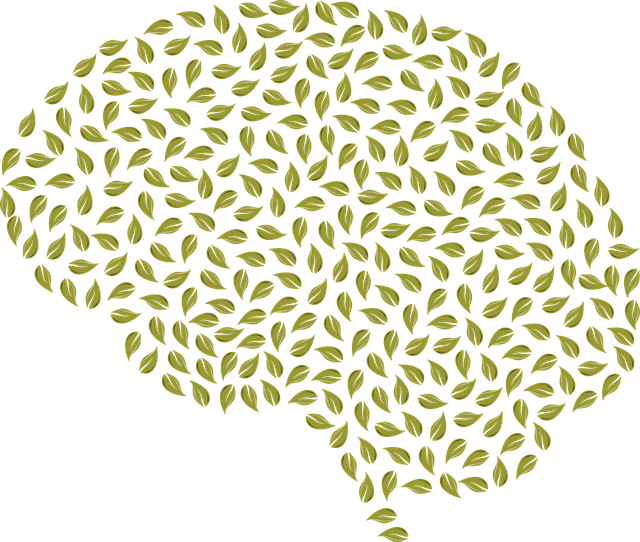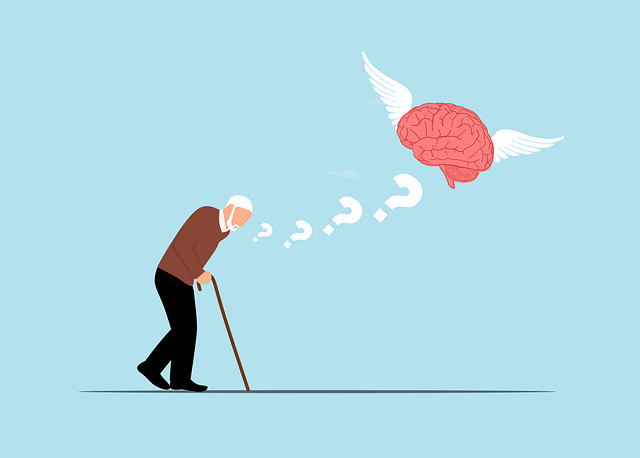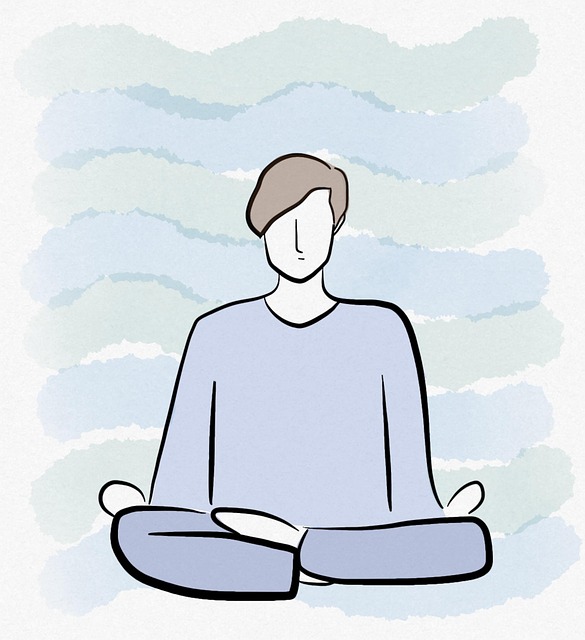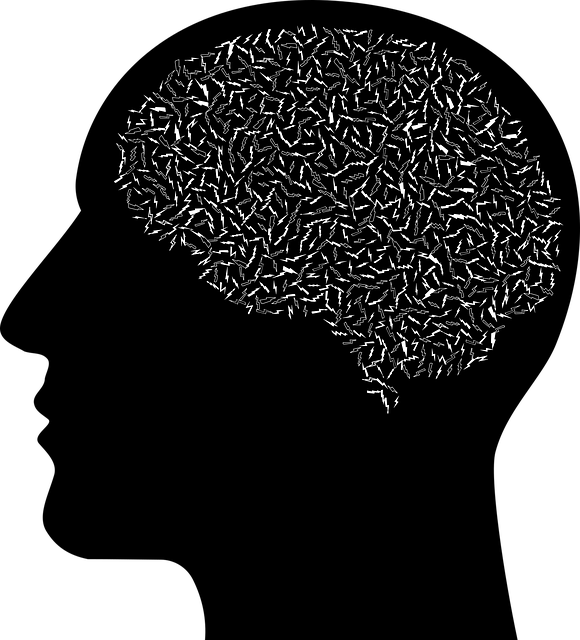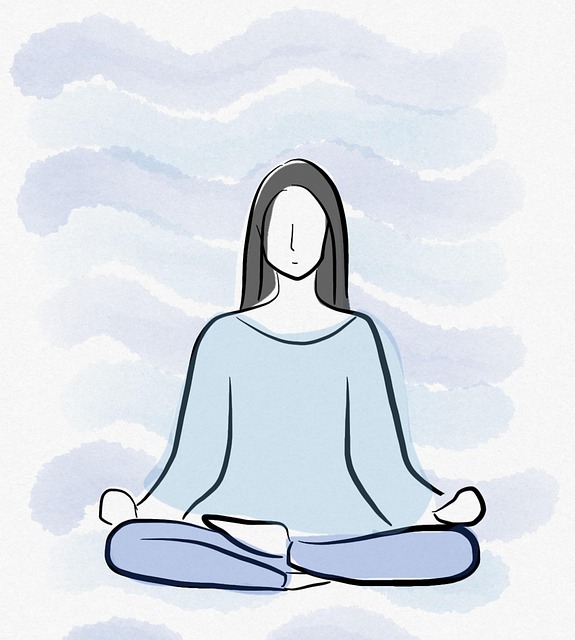Mental wellness is integral to managing chronic pain, and the integrated approach of Centennial Chronic Pain Therapy addresses both physical and mental aspects. This involves effective communication, burnout prevention for healthcare providers, and social skills training for patients. Combining this therapy with regular journaling offers a holistic method for coping with pain, promoting positive thinking, stress management, and expanding support networks. Journaling encourages self-reflection, helps identify patterns, triggers, and strengths, and aids in refining treatment plans through open communication with healthcare providers.
“Unwind your mind and embark on a journey towards mental wellness with our comprehensive guide to journaling. Chronic pain can significantly impact one’s mental state, making this practice an essential tool in Centennial Chronic Pain Therapy. This article delves into the profound connection between mental health and chronic pain, harnessing the power of journaling for effective management. Learn how to create a personalized journal, employing various techniques and tools, and track your progress as you celebrate each small victory along the path to improved well-being.”
- Understanding Mental Wellness and its Connection to Chronic Pain
- The Power of Journaling for Chronic Pain Management
- Creating Your Journal: Tools and Techniques
- Tracking Progress and Celebrating Small Wins
Understanding Mental Wellness and its Connection to Chronic Pain

Mental wellness is a vital aspect of overall health, encompassing emotional stability, resilience, and positive coping mechanisms. When individuals suffer from chronic pain, it can significantly impact their mental well-being, often leading to conditions such as anxiety and depression. Understanding this connection is crucial in addressing the complex needs of those dealing with prolonged discomfort.
In the context of Centennial Chronic Pain Therapy, treating mental health alongside physical symptoms is essential for holistic healing. Communication strategies between patients and healthcare providers play a pivotal role in managing pain effectively. By incorporating burnout prevention strategies for healthcare professionals and integrating social skills training, support networks can be enhanced, allowing individuals to navigate their pain journey with greater resilience and improved mental wellness.
The Power of Journaling for Chronic Pain Management

Journaling has emerged as a powerful tool for managing chronic pain, offering individuals a means to gain control and navigate their daily lives with greater ease. Through expressive writing, people can process emotions associated with their pain, reducing its impact on mental wellness. The act of putting thoughts onto paper allows for self-reflection, enabling individuals to better understand the triggers and patterns related to their discomfort.
For those seeking holistic approaches to pain management, combining Centennial Chronic Pain Therapy with regular journaling can be immensely beneficial. This practice not only assists in coping mechanisms but also fosters positive thinking and enhances overall stress management. Moreover, it can serve as a form of social skills training, encouraging individuals to communicate about their experiences and seek support from others going through similar journeys, ultimately enriching their support network.
Creating Your Journal: Tools and Techniques

Creating your journal is a powerful first step in prioritizing mental wellness, especially when navigating chronic pain and its associated challenges. Start by choosing a space that feels calming and safe, whether it’s a quiet corner of your home or a peaceful outdoor setting. Select a physical journal or opt for a digital one on your preferred device, ensuring accessibility and convenience.
Personalize your journaling experience with tools and techniques tailored to your needs. Consider incorporating free-writing exercises to release thoughts and emotions, using prompts like describing your ideal day or reflecting on past achievements. For those dealing with Centennial Chronic Pain Therapy, sensory details can be powerful; describe the sights, sounds, and smells that evoke a sense of calm or joy. Empathy building strategies, such as imagining walking in someone else’s shoes, can foster connection and perspective-taking. Regularly reviewing and reflecting upon your entries can provide valuable insights, helping to identify patterns, triggers, and sources of resilience, ultimately supporting your trauma support services journey.
Tracking Progress and Celebrating Small Wins

Tracking your progress through mental wellness journaling is a powerful tool for self-reflection and personal growth, especially when chronic pain or depression cloud your daily life. By regularly reviewing your entries, you can identify patterns and gain insights into what strategies work best for managing your mental health. For instance, if you’ve been practicing mindfulness techniques and noting their effects on your pain levels, over time, you’ll likely see a trend towards reduced distress. Celebrating these small wins is essential in the journey towards better mental wellness. Recognizing progress, no matter how minimal, boosts motivation and reinforces positive behaviors.
This process allows you to communicate effectively with your healthcare provider, ensuring they have a comprehensive understanding of your experiences. During sessions with your therapist or doctor, sharing your journal can facilitate discussions on adjusting treatment plans, incorporating new techniques, or exploring different approaches to Centennial Chronic Pain Therapy. Moreover, tracking your emotional state and coping mechanisms can help in identifying areas for improvement, supporting your inner strength development and depression prevention efforts.
Mental wellness journaling can be a powerful tool for managing chronic pain, as evidenced by its effectiveness in Centennial Chronic Pain Therapy. By exploring thoughts and emotions through this reflective practice, individuals gain insights that foster better coping mechanisms. The process of creating, tracking, and celebrating progress in a journal empowers those navigating chronic pain to take an active role in their mental wellness journey, ultimately enhancing their overall quality of life.



